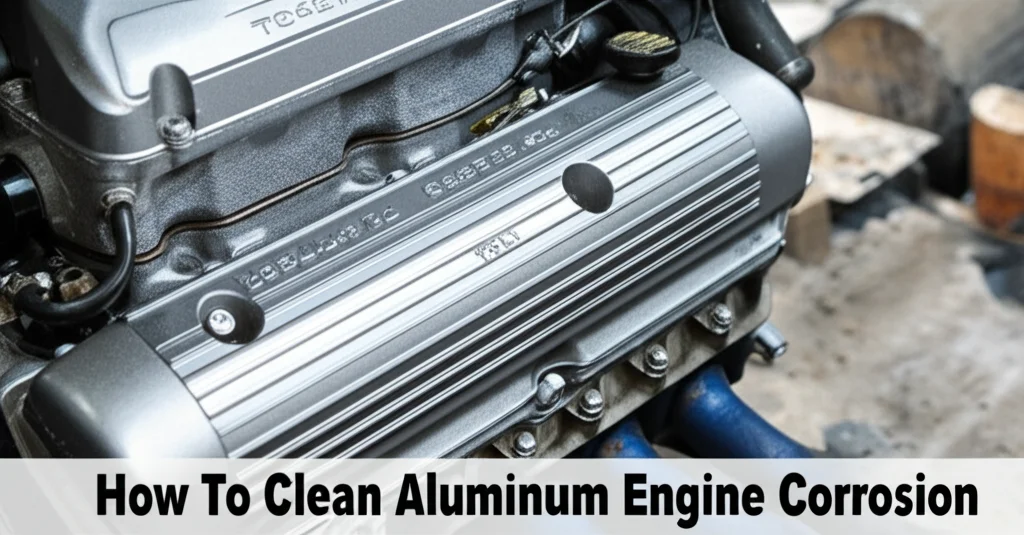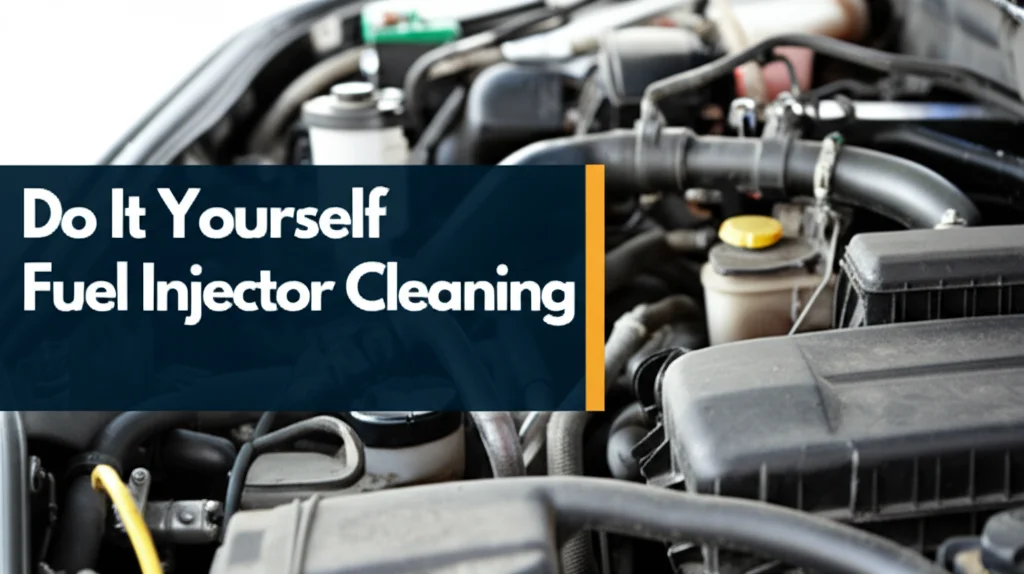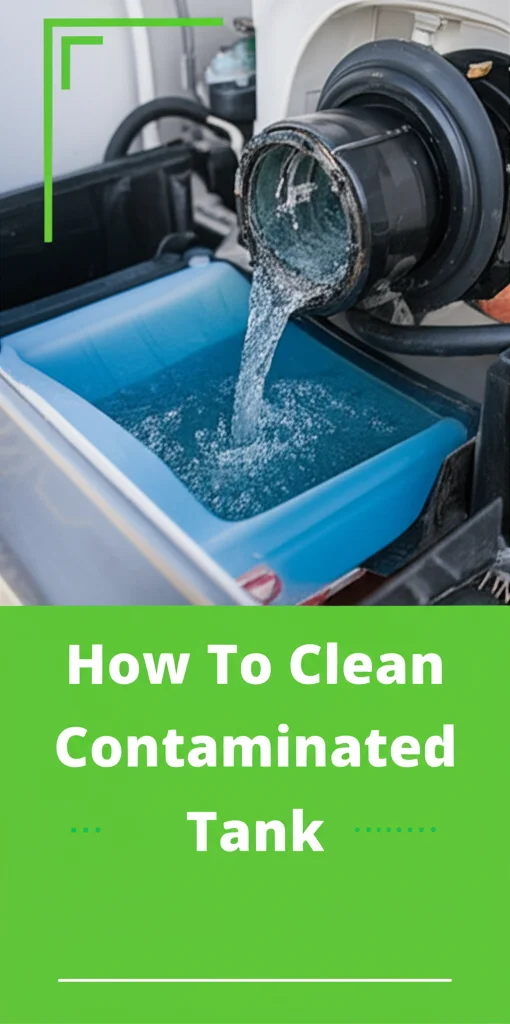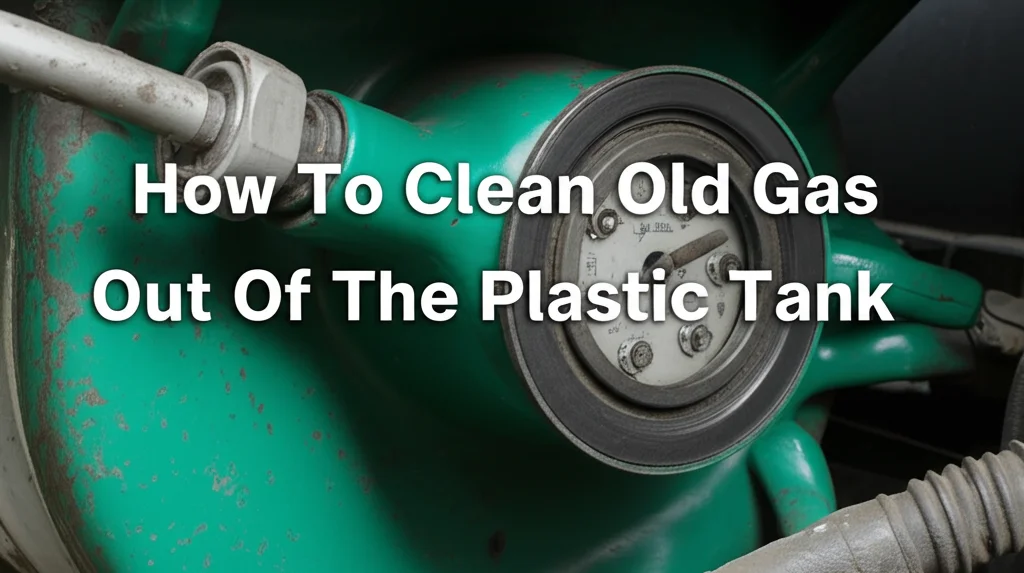· Automotive · 7 min read
How To Clean Carbon Off Valves
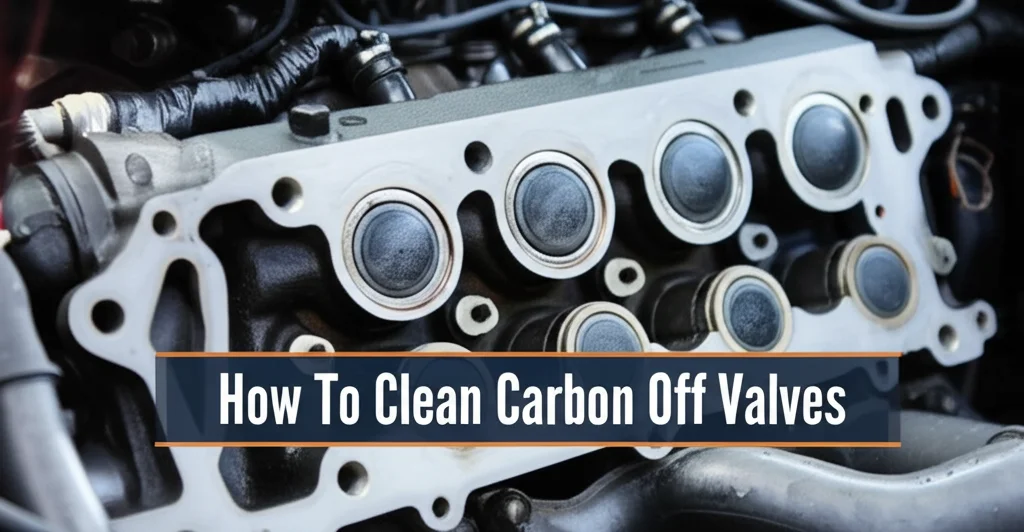
Revitalize Your Engine: How To Clean Carbon Off Valves
Have you noticed a decrease in your engine’s performance? Perhaps rough idling, reduced fuel economy, or a loss of power? The culprit could be carbon buildup on your valves. Carbon deposits restrict airflow, hindering optimal engine function. This article will guide you through everything you need to know about cleaning carbon off valves, from understanding why it happens to the best methods for tackling the issue. We’ll cover both DIY approaches and when it’s best to call in a professional. Let’s get started and restore your engine’s vitality!
Takeaway:
- Regular valve cleaning improves engine performance.
- Several methods exist, from chemical treatments to manual scrubbing.
- Prevention is key – use quality fuel and maintain your engine properly.
What Does It Mean to Clean Carbon Off Valves?
Cleaning carbon off valves means removing the accumulated carbon deposits that form on the valve heads and seats within your engine. These deposits restrict airflow, impacting combustion efficiency and overall engine performance. A clean valve allows for the proper air-fuel mixture, leading to smoother operation and better fuel economy.
Understanding Carbon Buildup on Valves
Carbon buildup isn’t a sudden event; it’s a gradual process. Several factors contribute to its formation. Understanding these causes can help you prevent excessive buildup in the first place.
- Combustion Byproducts: Incomplete combustion of fuel leaves behind carbon residue. This is a natural part of the engine process, but it accumulates over time.
- Oil Vapor: Oil vapor that makes its way into the combustion chamber also contributes to carbon deposits. Worn valve stem seals or piston rings can exacerbate this issue.
- Fuel Quality: Lower-quality fuels often contain more impurities, leading to increased carbon formation.
- Driving Habits: Frequent short trips and low-speed driving can promote carbon buildup because the engine doesn’t reach optimal operating temperatures.
- PCV System Issues: A malfunctioning Positive Crankcase Ventilation (PCV) system can allow excessive oil vapor into the intake manifold, accelerating carbon buildup.
Recognizing these causes allows you to proactively address them, minimizing the need for frequent valve cleaning.
Signs You Need to Clean Your Valves
Ignoring carbon buildup can lead to significant engine problems. Knowing the warning signs is crucial for timely intervention. Here are some common indicators that your valves need cleaning:
- Reduced Fuel Economy: Carbon deposits restrict airflow, forcing the engine to work harder and consume more fuel.
- Rough Idling: Uneven combustion due to restricted valves can cause the engine to idle roughly.
- Loss of Power: Reduced airflow translates to less power, especially during acceleration.
- Engine Misfires: Carbon buildup can disrupt the spark and cause misfires.
- Check Engine Light: In some cases, significant carbon buildup can trigger the check engine light.
- Difficulty Starting: Severe buildup can make it difficult to start the engine, especially in cold weather.
If you experience any of these symptoms, it’s time to investigate and consider cleaning your valves.
DIY Methods for Cleaning Carbon Off Valves
For those comfortable with basic engine maintenance, several DIY methods can effectively remove carbon buildup. However, proceed with caution and always consult your vehicle’s repair manual.
Chemical Valve Cleaners
Chemical valve cleaners are readily available at auto parts stores. These cleaners are typically added to the fuel tank or sprayed directly into the intake manifold.
- Fuel Tank Additives: These cleaners work gradually, dissolving carbon deposits over time. They’re best for preventative maintenance and mild buildup.
- Intake Manifold Sprays: These cleaners are more potent and provide a more immediate cleaning effect. Follow the product instructions carefully, as improper use can damage engine components. You can find more information on maintaining your vehicle’s interior at https://www.beacleaner.com/2-painless-ways-to-clean-sofa-without-vacuum-cleaner/.
Walnut Blasting (DIY Version)
Walnut blasting involves using a specialized tool to shoot crushed walnut shells at the valves, effectively removing carbon deposits. While professional walnut blasting is preferred, a DIY version is possible with the right equipment. This method requires removing the intake manifold and accessing the valves directly. It’s a more involved process but can yield excellent results.
Seafoam Treatment
Seafoam is a popular fuel additive known for its cleaning properties. It can help dissolve carbon deposits in the fuel system, including those on the valves. Add Seafoam to your fuel tank according to the product instructions and drive as usual.
Professional Valve Cleaning Services
While DIY methods can be effective, professional valve cleaning services offer more thorough and reliable results.
Walnut Blasting (Professional)
Professional walnut blasting utilizes specialized equipment and trained technicians to ensure a safe and effective cleaning process. They can access the valves more easily and thoroughly remove all carbon deposits without damaging engine components.
Intake Valve Cleaning Machines
Some shops use dedicated intake valve cleaning machines that circulate a cleaning solution through the intake manifold, dissolving carbon buildup. This method is less abrasive than walnut blasting and suitable for engines with sensitive components.
On-Car Cleaning Services
Certain mechanics offer on-car cleaning services where they use specialized tools and chemicals to clean the valves without removing the intake manifold. This is a convenient option, but it may not be as thorough as other methods. Maintaining a clean vehicle extends beyond the engine; consider how to keep your floors spotless with tips from https://www.beacleaner.com/how-to-clean-hardwood-floors-with-vinegar/.
Preventing Carbon Buildup: Best Practices
Preventing carbon buildup is always better than dealing with the consequences. Here are some best practices to keep your valves clean:
- Use High-Quality Fuel: Opt for premium fuel with detergent additives to minimize carbon formation.
- Regular Oil Changes: Frequent oil changes prevent oil vapor from entering the combustion chamber.
- Avoid Short Trips: Take longer drives occasionally to allow the engine to reach optimal operating temperatures.
- Maintain the PCV System: Ensure your PCV system is functioning correctly to prevent excessive oil vapor buildup.
- Fuel System Cleaners: Use fuel system cleaners periodically to dissolve minor carbon deposits.
- Proper Engine Maintenance: Follow your vehicle’s recommended maintenance schedule to keep all engine components in good working order.
FAQ About Cleaning Carbon Off Valves
Q: How often should I clean my valves?
A: It depends on your driving habits and fuel quality. Generally, cleaning your valves every 30,000 to 50,000 miles is a good practice. However, if you notice symptoms of carbon buildup, address it sooner.
Q: Is it safe to use chemical valve cleaners frequently?
A: While occasional use is generally safe, frequent use of harsh chemical cleaners can potentially damage engine components. Follow the product instructions carefully and use them sparingly.
Q: Can I clean my valves myself if I’m not a mechanic?
A: Some DIY methods, like using fuel tank additives, are relatively simple. However, more involved procedures like walnut blasting require mechanical expertise and should be left to professionals.
Q: Will cleaning my valves improve my gas mileage?
A: Yes, cleaning carbon off valves can significantly improve fuel economy by restoring optimal engine performance and combustion efficiency.
Q: What is walnut blasting?
A: Walnut blasting is a method of cleaning carbon deposits off valves by using crushed walnut shells propelled by compressed air. It’s a highly effective, yet gentle, cleaning process.
Conclusion: Breathe New Life into Your Engine
Cleaning carbon off valves is a crucial aspect of engine maintenance. By understanding the causes of carbon buildup, recognizing the warning signs, and choosing the appropriate cleaning method, you can restore your engine’s performance, improve fuel efficiency, and extend its lifespan. Whether you opt for a DIY approach or professional service, remember that prevention is key. Using quality fuel, maintaining your engine properly, and addressing issues promptly will keep your valves clean and your engine running smoothly for years to come. Don’t let carbon buildup hold your engine back – take action today! If you’re looking for more ways to keep your vehicle in top shape, explore our guide on https://www.beacleaner.com/how-to-get-grease-out-of-carpet/ for tackling tough interior stains.

